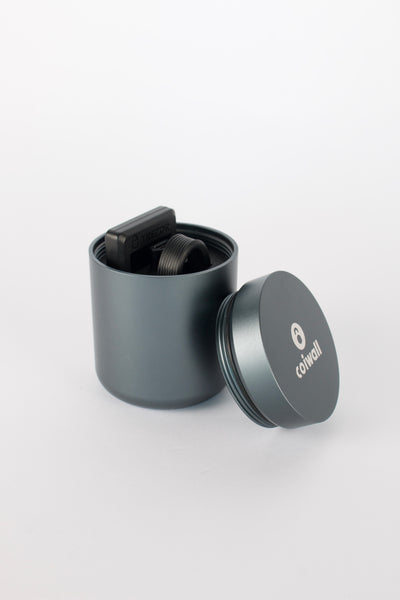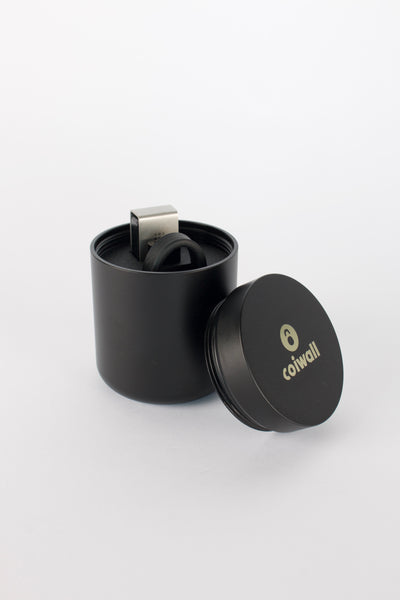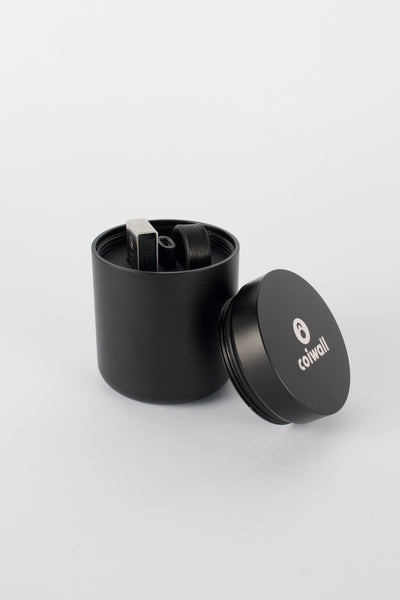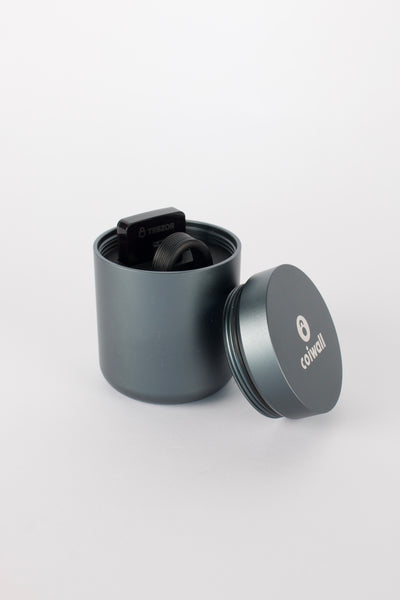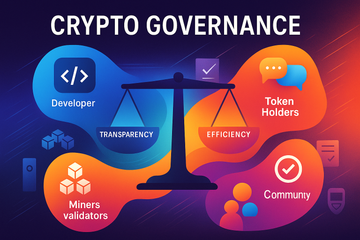Ever wonder who’s actually steering the ship when it comes to your favorite cryptocurrency? Think about it for a second. Most folks picture crypto as this wild, decentralized frontier with everyone running their own show. But the truth? Like any community worth its salt, blockchain networks rely on governance—sometimes hidden away, sometimes hotly debated, but always there, gently (or forcefully) nudging decisions in one direction or another.
Wait, So What Is Governance Anyway?
In the crypto space, governance boils down to how decisions get made—big or small—across a network. Who gets to upgrade the protocol? Who squashes bugs, or sets the tone for future innovation? It might sound corporate, but in reality, it’s a messy mix of voting systems, smart contracts, forums, wild Twitter discussions, and sometimes, old-school face-to-face meetups.
The Usual Suspects: On-Chain vs Off-Chain
Here’s the thing. You’ll hear loud debates about on-chain and off-chain governance. On-chain usually means decisions are made transparently right on the blockchain—think voting with tokens. Projects like Tezos or Decred are great examples; every upgrade or parameter change goes up for a vote. Ledger and Trezor wallet users often get front-row seats here, since they have to sign transactions directly to participate. It’s crypto democracy in action, sometimes as dramatic as a soap opera.
Off-chain governance is messier, happening away from the blockchain in Discord servers, GitHub threads, or, honestly, wherever folks can wrangle. Bitcoin follows this path. Major changes, like tackling the block size debate, usually happen after endless discussion, BIPs (Bitcoin Improvement Proposals), and eventual consensus—if you can call it that.
Who Gets a Say? The Power Players
Okay, but who’s actually deciding stuff? In most networks, it’s a tug-of-war among a few groups:
- Core Developers: These are the builders, the ones who write and review code. They have insider knowledge, but also get heat if something goes south.
- Miners/Validators: On proof-of-work or proof-of-stake chains, miners and validators are like the network’s heartbeat—they process transactions and validate new blocks. Their votes (sometimes literally) can sway upgrades.
- Token Holders: If you’ve got coins, you’ve got a potential seat at the table. Some projects allocate actual voting rights based on your stash.
- Users and Community: You, me, and the person next door. Sometimes the loudest voices win, sometimes projects ignore the crowd—I know, feels weird, but that’s life.
Thing is, the lines are blurry. A developer is often a holder; a validator might be a core contributor. Crypto communities are famously entangled.
Governance Tokens: Your Vote Counts (Sort Of)
Remember when people thought voting was for big, formal elections? Yeah, not so much in crypto. Projects like Uniswap rolled out governance tokens (UNI), where every token unlocks a vote. Got a Ledger Nano stashed away? Your UNI tokens there are more than just investments—they’re a ticket into the decision-making room.
But here’s a twist: the more tokens you own, the more weight your vote carries. It gets tricky, fast. Suddenly, whales—folks with huge holdings—start skewing results, sparking debates that feel almost like high school elections (“Is the process rigged?”). It’s democracy, but with a splash of plutocracy.
Why Does All This Matter?
Let me explain. Crypto is supposed to be all about decentralization, right? No single kingpin or cabal pulling the strings. But governance shapes everything—upgrade speed, security, which bugs get priority, how funds are allocated, or even what problems a project chooses to tackle.
Good—and fair—governance can boost participation, increase trust, and keep things humming along smoothly. Lousy governance? It can spell disaster. In 2016, the infamous DAO hack split Ethereum in two (Ethereum and Ethereum Classic), all because folks couldn’t agree on how to fix a glaring problem. That single moment showed how rough, emotional, and essential governance decisions can be.
The “Decentralization” Paradox
Now, here’s an odd thing about crypto. Everyone loves to say decentralization is king. But complete consensus is almost mythical. Sometimes one voice—or a small group—has an outsized influence. We chase decentralization like a mirage, always slightly out of reach. Trezor and Ledger users, often thinking their asset management is purely solo, also interact with these complex, messy governance systems, sometimes without even realizing it.
Culture Clash: Transparency vs Efficiency
Ever sat in a meeting where everyone needs to chime in? Feels endless, right? That’s sometimes how on-chain governance goes—transparent, but slow as molasses. Off-chain discussions can be snappier, but it’s easier for cliques or old-timers to dominate. There’s a constant trade-off between being open and being nimble. Crypto projects juggle this every day, tweaking processes, sometimes experimenting with radical transparency or new voting models, just to keep things fresh.
Tool Time: Gadgets and Goodies of Governance
Let’s switch gears for a moment. If you’re playing the governance game, you need some trusty tools. Trezor and Ledger wallets aren’t just for HODLing anymore—they let you sign votes, issue proposals, or double-check on-chain stats straight from the device. Protocols like Snapshot, Aragon, and Gnosis Safe have taken things further, letting communities coordinate without complicated coding or clunky interfaces.
Honestly, the flood of new tools is wild. Sometimes it feels like there’s a new governance dashboard or voting platform every other week. It’s a mix of the bleeding-edge and the beta-test, with occasional glitches or “what were they thinking?” moments. But the bigger lesson is simple: governance is getting easier to join, even if it’s never truly simple.
Where’s It All Going?
So, where does governance in crypto head from here? There’s no universal fix—just a patchwork of evolving solutions. Some communities are experimenting with quadratic voting, which tries to balance out whale power by giving smaller holders more proportional influence. Others want more off-chain deliberation, believing in the wisdom of crowds… or at least in good arguments over pizza in Telegram chats.
And let’s not forget: regulators are circling, watching how crypto folks self-govern. There’s real pressure to strike the sweet spot between freedom and responsibility, autonomy and compliance.
The Bottom Line: Get Involved (or Watch from the Sidelines)
Whether you’re a Ledger loyalist or content watching from afar, governance is happening—constantly, and sometimes in unexpected places. Jumping into a DAO vote or joining a forum could mean your voice actually sways the direction of a token or a protocol. Or maybe, like many, you’ll just watch, coffee in hand, as the debates roll on. But here’s a comforting thought: even if crypto governance feels a little chaotic, it’s a sign that projects are alive, wrestling with growth and change. That’s a feature, not a bug.
So next time someone asks who’s really calling the shots in crypto, you can nod knowingly. It’s complicated, it’s messy, and—just like any good community—it’s always a work in progress.

